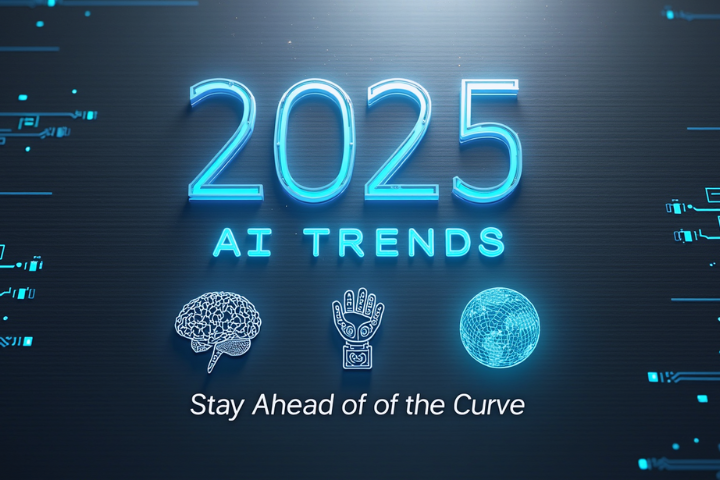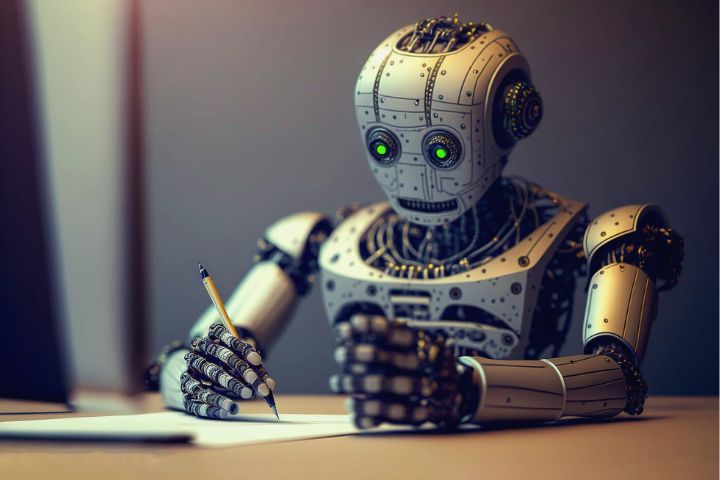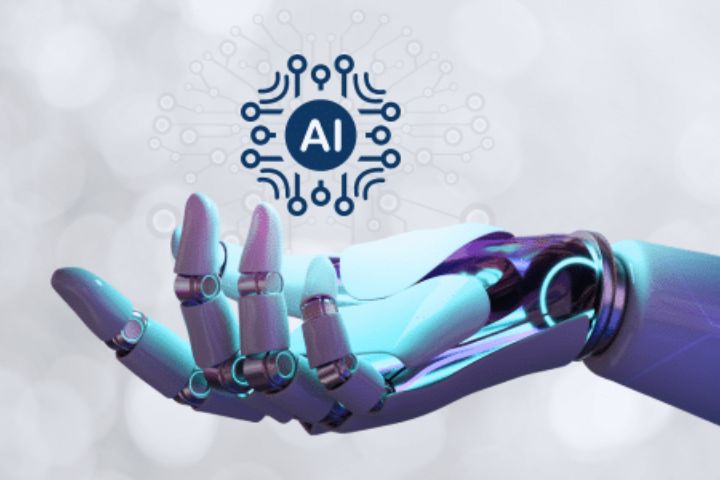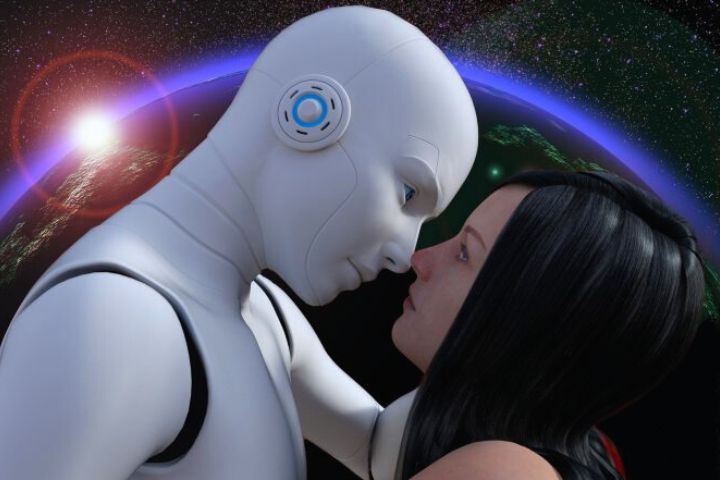Artificial intelligence is the series of technologies that serve to emulate characteristics or capabilities unique to the human intellect. The latest technological creations lead us to reflect where the world is going. In fact, from a time to the present, the technical-scientific discipline has been posing a great world revolution: artificial intelligence (AI) .
While there is no exact definition of what it means, artificial intelligence is the name assigned to a series of technologies with characteristics or capabilities that were previously exclusive to human intellect. The term applies when a machine mimics the cognitive functions that humans associate with other human minds, such as learning or solving problems, etc.
What Is Artificial Intelligence? History And Origin
In 1956, scientists Allen Newell , Herbert Simon , Marvin Minsky , Arthur Samuel and John McCarthy met at the Dartmouth conference at a meeting that marked the creation of the discipline of artificial intelligence . They agreed that giving machines the ability to think would be easy.
Now, if we go back to the Greeks, the basic ideas about artificial intelligence take us to Aristotle, who was the first to describe a set of rules that detail a part of the functioning of the mind to obtain rational conclusions. Some time later, Ctesibio of Alexandria came to build the first self-controlled machine in a rational way, but without reasoning.
In the late 1950s and early 1960s, artificial intelligence lived one of the best ages, since machines managed to play checkers better than many human beings, “learned” English and solved algebraic and logical problems.
Subsequently, between 1968-1970, the Professor of Computer Science at Stanford University Terry Winograd, developed the SHRDLU system, which allowed to interrogate and give orders to a robot that moved within a world of blocks.
Already in the new century and after important technological advances, the multinational IBM developed a supercomputer called Watson, which won three times the game of Jeopardy (television knowledge contest) to two of its top champions.
At present, artificial intelligence has not only revolutionized the business world, but also the social field, with applications ranging from rapid cancer detection to the fight against Amazon deforestation.
What Are The Categories Of Artificial Intelligence?
Stuart Russell and Peter Norvig, in their book ‘Artificial Intelligence: A Modern Approach’, differentiate four types of artificial intelligence.
- Systems that think like humans: they are the systems that try to emulate human thought as decision making, problem solving and learning.
- Systems that act like humans: they try to act like humans. That is, they mimic human behavior. An example of this system is robotics.
- Systems that think rationally: try to imitate the rational logical thinking of the human being; for example the study of the calculations that make it possible to perceive, reason and act.
- Systems that act rationally: this system tries to emulate human behavior in a rational way. It is related to intelligent behaviors in artifacts.
What Is Conventional And Computational Artificial Intelligence?
The conventional artificial intelligence , known as symbolic AI-deductive, is based on the formal and statistical analysis of human behavior to different problems. It helps to make decisions while solving certain specific problems and require a good functioning.
It facilitates complex decision making and proposing a solution to a certain problem. This intelligence also contains autonomy and can be self-regulated and controlled to improve.
Meanwhile, computational artificial intelligence, known as subsymbolic-inductive AI, implies interactive development or learning. This learning is done based on empirical data.
How Does Artificial Intelligence Work?
Artificial intelligence develops from algorithms. They are mathematical learning abilities, and of the data that are needed to train these algorithms, these are observable, publicly available data or data generated in some companies, the same ones that repeat the process to learn from them.
What Is Artificial IIntelligence For? Field And Real-World Applications
Artificial intelligence has been used in a wide number of fields such as robotics, language comprehension and translation, word learning, etc.
The main and most prominent fields where we can find a noticeable evolution of artificial intelligence are:
- Computer science
- Finance
- Hospitals and medicine
- Heavy industry
- Customer service
- Transportation
- Games
What Are The Risks That Artificial Intelligence Entails?
Although in some aspects of life the presence of artificial intelligence has many benefits, some experts believe that it can generate new risks.
The finance market is the most vulnerable, as the ability to process huge amounts of data by computers can empower those who control them and this can allow them to dominate finance internationally.
The lack of global regulation is another problem.
But perhaps the risk that worries the most and can generate many problems is the loss of jobs. A study published in 2015 in China reported that almost 50% of current occupations will be completely redundant in 2025 if artificial intelligence continues to transform companies in the way it is already doing.
Given this, experts have begun to visualize in each of the uses of artificial intelligence what the limits are or how they should be addressed to ensure that the protection of the human being is maintained.



![Top 10 M4uFree Movie Alternatives | M4uFreeMovie in 2022 [Updated]](https://www.techsplashers.com/wp-content/uploads/2022/03/Top-10-M4uFree-Movie-Alternatives-M4uFreeMovie-in-2022-Updated.jpg)








Leave a Reply